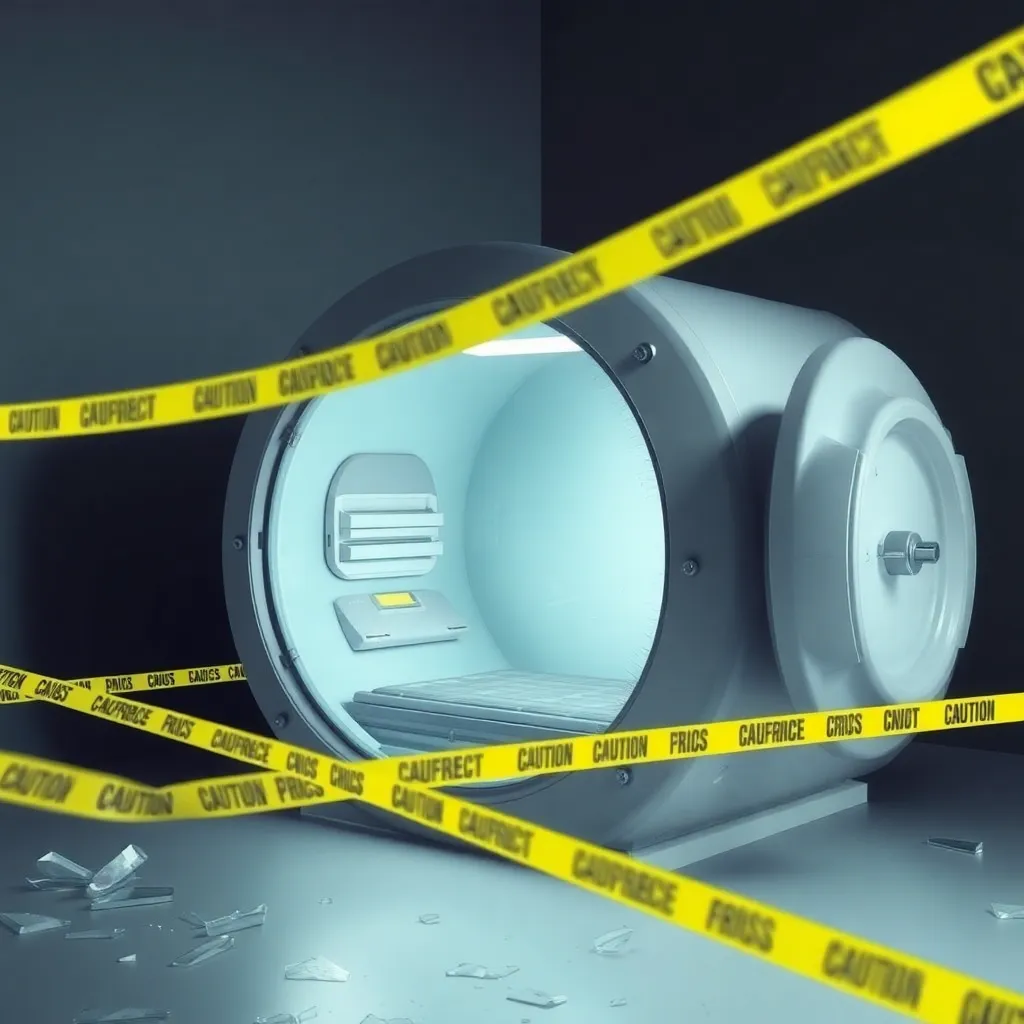
Understanding Hyperbaric Chambers: A Closer Look Following the Michigan Explosion
The recent explosion of a hyperbaric chamber at the Oxford Center in Troy, Michigan, has raised concerns and questions about the safety and functionality of these medical devices. The tragic incident resulted in the loss of a 5-year-old boy’s life and injured his mother, who was accompanying him during treatment. As investigators work to determine the cause of the explosion, it’s essential to understand what hyperbaric chambers are, how they work, and the benefits and risks associated with their use.
What is a Hyperbaric Chamber?
A hyperbaric chamber, also known as a hyperbaric oxygen therapy (HBOT) chamber, is a sealed, pressurized compartment designed to deliver high concentrations of oxygen to patients. The chamber is typically made of metal or acrylic and is equipped with a pressure control system, oxygen supply, and monitoring equipment. Hyperbaric chambers can be monoplace (single-person) or multiplace (multiple-person), and they vary in size and complexity.
How Does a Hyperbaric Chamber Work?
Hyperbaric oxygen therapy involves breathing pure oxygen in a pressurized environment, which increases the amount of oxygen dissolved in the bloodstream. This enhanced oxygenation can help to:
1. Promote wound healing: By increasing oxygen delivery to damaged tissues, HBOT can accelerate the healing process.
2. Reduce inflammation: High oxygen levels can help to reduce swelling and inflammation.
3. Improve cognitive function: HBOT has been used to treat conditions such as autism, ADHD, and traumatic brain injuries.
4. Enhance athletic performance: Some athletes use HBOT to improve endurance and reduce recovery time.
Safety Concerns and Risks
While hyperbaric chambers are generally considered safe, there are potential risks and complications associated with their use. These include:
1. Oxygen toxicity: High oxygen levels can be toxic to the lungs, brain, and other organs.
2. Pressure-related injuries: Rapid changes in pressure can cause ear, sinus, or lung damage.
3. Fire hazards: The high oxygen environment can increase the risk of fires.
4. Equipment failure: Mechanical failures, such as the one that occurred in Michigan, can have devastating consequences.
Regulations and Precautions
Hyperbaric chambers are regulated by various organizations, including the U.S. Food and Drug Administration (FDA) and the American Society of Mechanical Engineers (ASME). To ensure safe operation, hyperbaric facilities must adhere to strict guidelines and protocols, including:
1. Regular maintenance: Equipment must be regularly inspected and maintained to prevent mechanical failures.
2. Proper training: Staff must be trained in the safe operation of the hyperbaric chamber and emergency procedures.
3. Patient screening: Patients must be carefully screened to ensure they are suitable candidates for HBOT.
The Michigan explosion serves as a tragic reminder of the importance of prioritizing safety in hyperbaric chamber operations. As the investigation continues, it is essential to understand the benefits and risks associated with these medical devices and to take steps to minimize the risk of such incidents occurring in the future.





